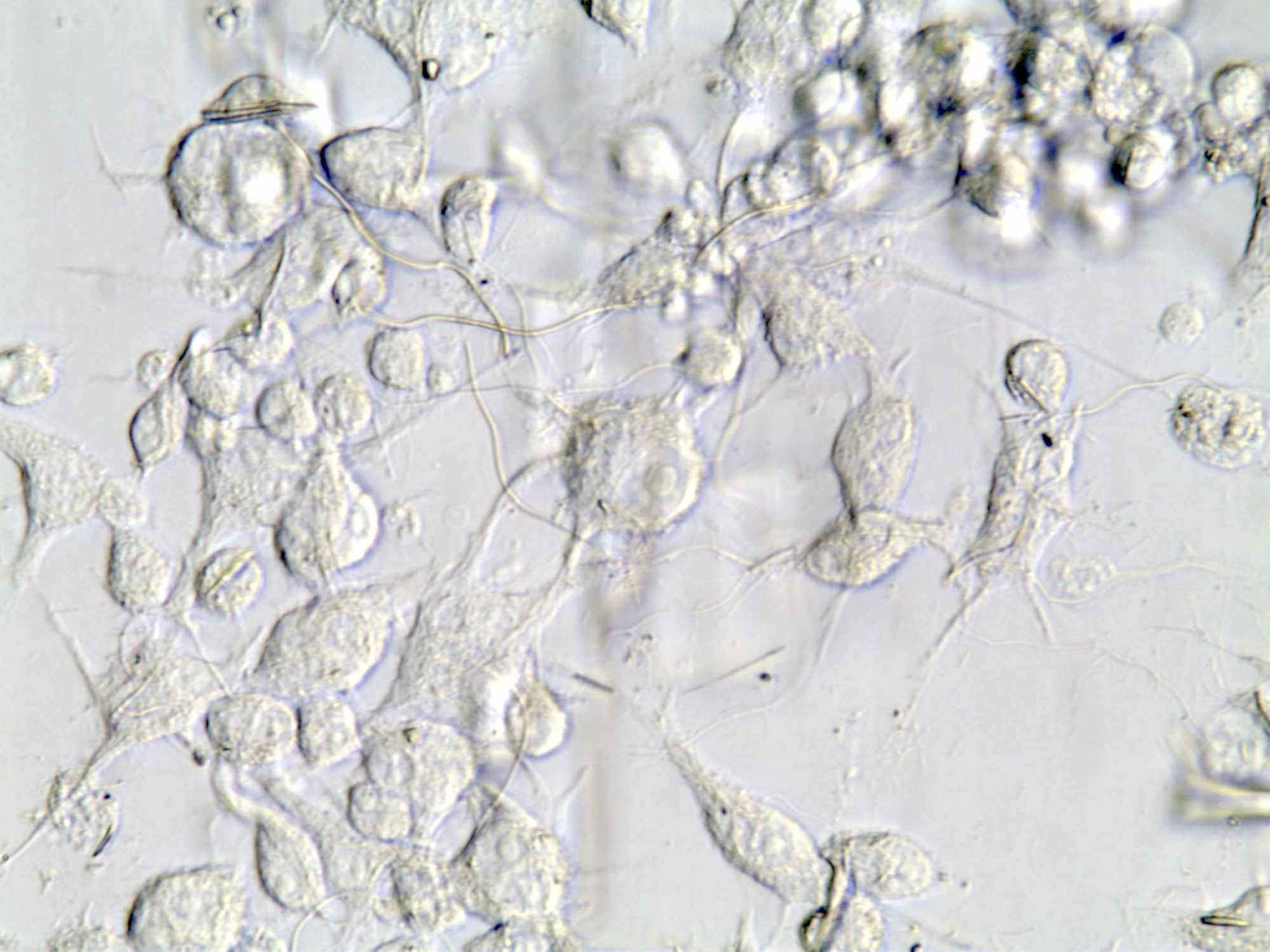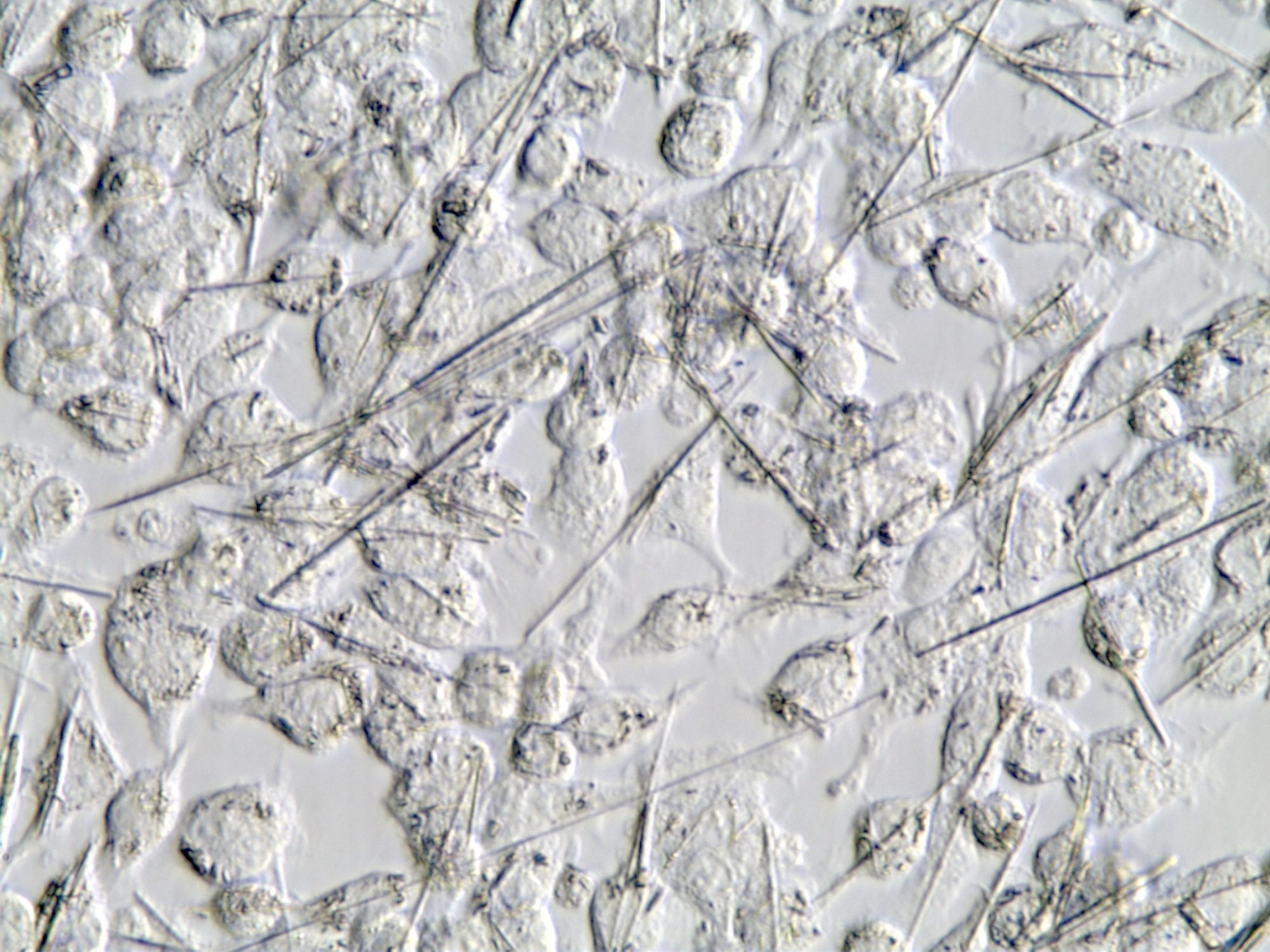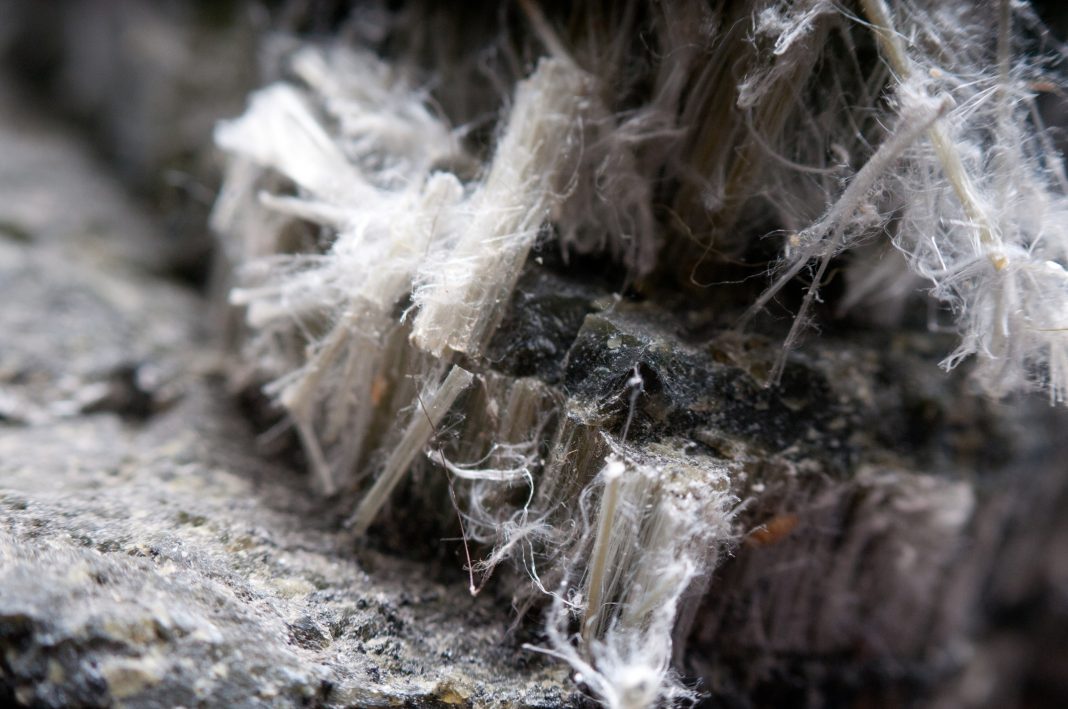Jean C. Pfau, Scientific Consultant at the Center for Asbestos Related Disease, shares the devasting story of asbestos exposure occurring in a Rocky Mountain town of Montana and the critical lessons that can be learned from this event
Twenty years ago, Libby, Montana, became known as ‘the town left to die’ after a series of articles appeared in the Seattle Post-Intelligencer exposing asbestos-related deaths linked to one of the largest vermiculite mines in the world. The main product, Zonolite insulation, remains in millions of homes in North America. At that time, Libby was a mining and logging town, only six miles from the mining operations that, for decades, covered the town in dust containing unregulated asbestos. Because the asbestos-containing vermiculite was used in home insulation, gardens, playgrounds, and ball parks, everyone living, working, or visiting in the area was exposed to low, but deadly, levels of tiny needle-like (amphibole) fibers. Disproving the idea that unregulated asbestos does not cause disease, hundreds of people have suffered horrible deaths from lung diseases, cancers, and systemic autoimmune disease (SAID, including rheumatoid arthritis and lupus) from exposure to the Libby Amphibole (LA). (1)
Thanks to responses by the State of Montana, the U.S. Environmental Protection Agency (EPA), the Agency for Toxic Substances and Disease Registry (ATSDR), and an amazing little non-profit clinic led by a local physician, Libby survived. (2) After two decades of data collection and research, the lessons from Libby have revolutionized our understanding of asbestos and its impacts on the lungs and the immune system. Because asbestos is everywhere, liberated from rock by urban development and from asbestos-containing buildings, as they age and crumble, the lessons from Libby are as critical today as ever.

The Center for Asbestos Related Disease as a nidus for research
In 2002, Dr Jean C. Pfau was an Assistant Professor in the Center for Environmental Health Sciences (CEHS) at the University of Montana, Missoula, when the CEHS received a request from the Montana State Medical Officer to assist in evaluating reports of excessive autoimmune disease in Libby and to determine whether it was related to the asbestos exposures. Thanks to federal grants, the work began. Subsequently, the designation of Libby as an Environmental Public Health Emergency brought funding to support the community’s efforts to build a clinic focused entirely on helping people exposed to asbestos, including clinical care, collection of health and exposure data, and partnering with researchers. The result was the Center for Asbestos Related Disease (CARD), a non-profit nidus for healthcare and research right in the heart of Libby.
Systemic autoimmune disease and asbestos
By 2005, Dr Pfau’s team had published data showing that people exposed to LA had more positive tests for proteins that help diagnose SAID than healthy people. (3) Antinuclear autoantibodies (ANA) proteins increased in the blood as exposure levels increased, linking exposure to outcome. In 2006, the group reported a high frequency of autoimmune diseases among people exposed to LA. (4) Dr Marvin Fritzler (University of Calgary) assisted the team with a more detailed study of the autoantibodies in the LA-exposed subjects, showing elevated levels of antibodies to chromatin, histone, and Ro52, all associated with lupus. (5)
In 2018, the Libby Epidemiology Research Program, a collaboration between the Mount Sinai School of Medicine, the CARD, the University of Montana, Idaho State University, and a local rheumatologist, published a case series describing the complex autoimmune presentations among people exposed to LA. The frequency of autoimmune diseases in Libby was far higher than expected in the US. (6)

Lessons from the laboratory mouse
Because people vary considerably in their genetics, exposures, and overall health, there is no way, using humans, to demonstrate that asbestos exposure causes autoimmune diseases. Therefore, Dr Pfau’s team tested asbestos exposure in healthy laboratory mice (C57BL/6). Using groups matched for age, sex, and genetics; mice were exposed to amphibole asbestos (tremolite). The mice developed high frequencies and levels of ANA, with evidence of autoimmune kidney disease consistent with lupus. (7)
Similar outcomes occurred in mice exposed to LA. (8,9) Interestingly, common commercial ‘curly’ asbestos, chrysotile, did not cause significant autoimmunity in the mice, suggesting that only amphibole asbestos has this effect. This hypothesis was supported in people, too, showing higher ANA rates and unique antibody profiles in groups exposed to LA compared to chrysotile. (10,11)
Beyond Libby
To be truly valuable, the lessons from Libby must impact our understanding of asbestos beyond Libby. Indeed, other countries dealing with asbestos exposures are asking these questions. Like Libby, Wittenoom, Western Australia was decimated by asbestos diseases from amphibole exposure. Researchers at Curtin University and the University of WA evaluated the frequency of positive ANA tests in blood samples collected at health screenings in Wittenoom. Compared to a healthy Australian population, they found that people from Wittenoom had a high frequency of positive ANA tests. (12) Studies in Italy of people exposed to fluoro-edenite, a non-regulated fibrous amphibole used in buildings, showed similar results. (13,14) There is cause for concern since, to date, asbestos is not recognized as a causative agent for autoimmune disease. Perhaps amphibole asbestos should be.
Lessons from Libby: turning tragedy to hope
The people of Libby and surrounding areas have suffered incredible losses from asbestos exposure. It’s hard to imagine their grief and frustration as one of the worst public health disasters in history unfolded in their town. But thanks to the tireless work of the CARD and the research it fostered, they are now the heroes, sharing their story in the hope that it will help others deal with current global asbestos exposures. (2)
Funded by ATSDR grant 5 NU61TS000295-05-00
References
- Larson, T., et al., 2020. https://www.ncbi.nlm.nih.gov/pmc/articles/PMC8157313/
- Healing a Community, 2023. https://youtu.be/Rq251uYvqDs?si=Mdxsc-UtEE0HABnr
- Pfau, J.C., et al. 2005. https://doi.org/10.1289/ehp.7431
- Noonan, C.W., et al. 2006. https://doi.org/10.1289/ehp.9203
- Pfau, J.C., et al. 2009. Autoimmunity: Role, Regulation, Disorders, Chapter 11:245-268
- Diegel, R., et al. 2018. https://doi.org/10.1080/15287394.2018.1485124
- Pfau, J.C., et al. 2008. https://www.tandfonline.com/doi/full/10.1080/15476910802085756
- Ferro, A., et al. 2013. https://www.tandfonline.com/doi/full/10.3109/1547691X.2013.847510
- Zebedeo, C.N., et al. 2014. http://dx.doi.org/10.1016/j.taap.2014.01.018
- Pfau, J.C., et al. 2015. https://link.springer.com/chapter/10.1007/978-4-431-55732-6_10
- Pfau, J.C., et al. 2018. https://doi.org/10.1080/15287394.2018.1512432
- Reid, A., et al. 2018. https://onlinelibrary.wiley.com/doi/full/10.1002/ajim.228 63
- Rapisarda, V., et al. 2018. https://www.futuremedicine.com/doi/10.2217/fon-2017-0389
- 14. Ledda, C., et al. 2018. https://www.tandfonline.com/doi/full/10.1080/1547691X .2017.141539

This work is licensed under Creative Commons Attribution-NonCommercial-NoDerivatives 4.0 International.


